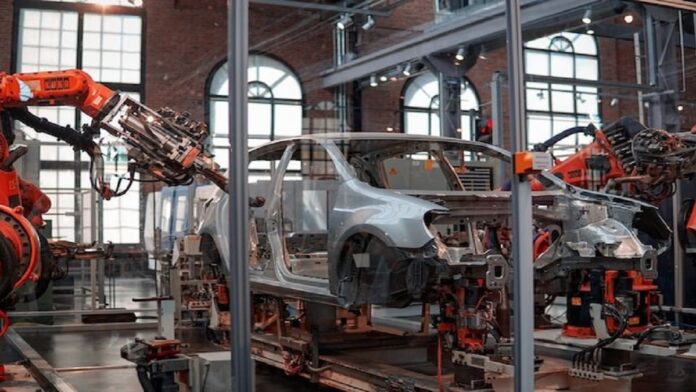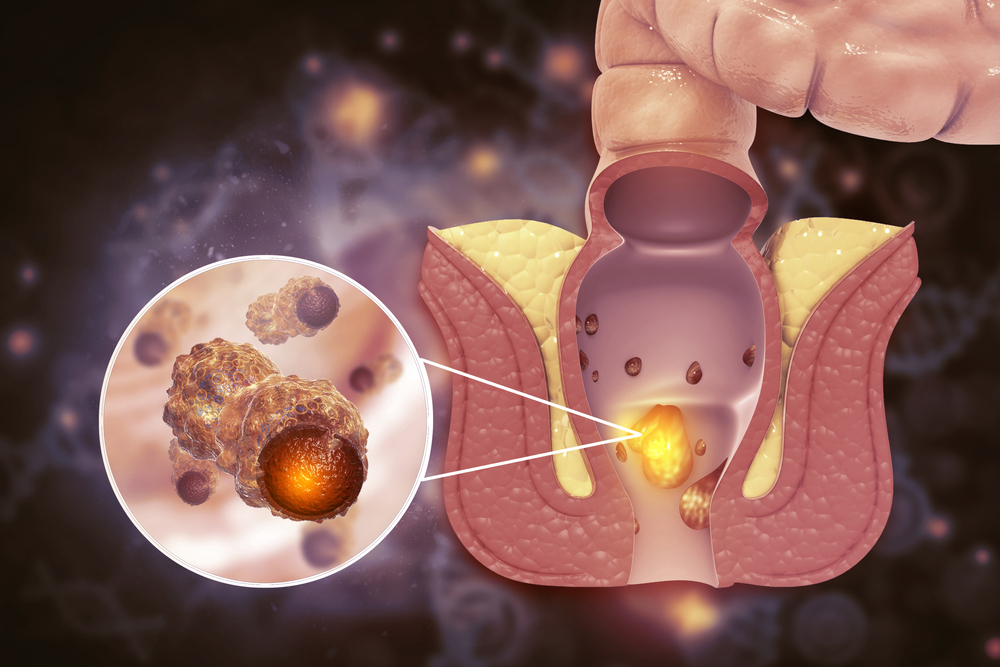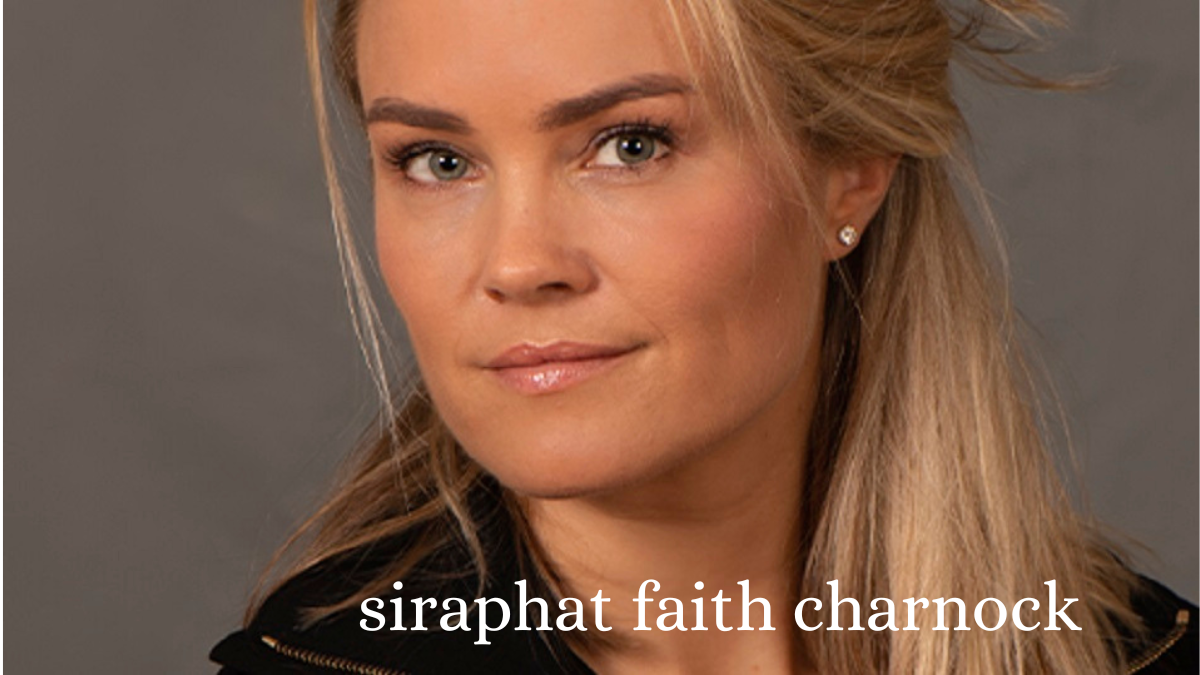Although it may seem like a straightforward process, vehicle painting is a complex process in automotive production. In order to achieve years-long guaranteed corrosion protection, automotive painting has to be able to withstand snow/ice, acidic rain, and exposure to UV light that can lead to fading, in addition to rust-related issues. The process of automotive painting has seen a lot of development in the past decades. The procedure is now fully automated using the revolutionary electrostatic spray guns.
Firstly, the assembled metal surfaces of the vehicle are washed in order to ensure that they are free from any contamination such as dirt or oils. The second step is applying a primer coat before the application of the base coat. This is a layer that ensures corrosion resistance. The application of the primer also secures a smooth surface that is ready for the next step of the process.
Main article source: New Cars Auto
Then, the base paint coat is applied with an electrostatic spray gun, where paint particles that are positively charged by the spray gun, are attached to the negatively-charged ones on the vehicle’s metal body shell surface. This guarantees an even paint coat, and a reduction of paint usage.
The process is done in a temperature and humidity-controlled environment and is finished in one or a couple of coats. At this stage, the paint is not ready yet to withstand damage caused by UV rays, or chemicals. Last but not least, a transparent clear coat of lacquer is applied, that not only can provide that protection, but also leads to a glossy finish on the vehicle’s surface.
The car’s metal body shell also has multiple visits to ovens which are included in the process for drying purposes, and proper layer bonding later on. Some premium car manufacturers add another finishing step – checking the quality of the paint after the whole procedure is finished, after which a polishing stage may be beneficial for outstanding paint job results, as well as applying a paint protection film (PPF), that reduces the risk of paint’s damage over the years, which is especially helpful against swirl marks.
Worth mentioning are also the various types of paints used for this purpose, such as solid paint (offered by car manufacturers as a free paint version, commonly available in colors such as white and gray), metallic paint (achieved by adding pieces of aluminum powder to the paint mixture and usually costs a minimum of US$500 extra), pearlescent paint (an expensive option offered mostly by premium car manufacturers, achieved by adding ceramic crystals to the mixture that can reflect and refract light), and matte paint (a shineless and expensive option for high-end vehicles available in only a few options, such as black, white, and gray, e.g. Mercedes’ Designo Mountain Grey MAGNO paint).
Interested in more manufacturing topics? Are you considering buying an industrial oven? Click the link for an exact comparison of the difference between industrial conveyor ovens and batch ovens, as well as many other interesting articles regarding thermal products.







